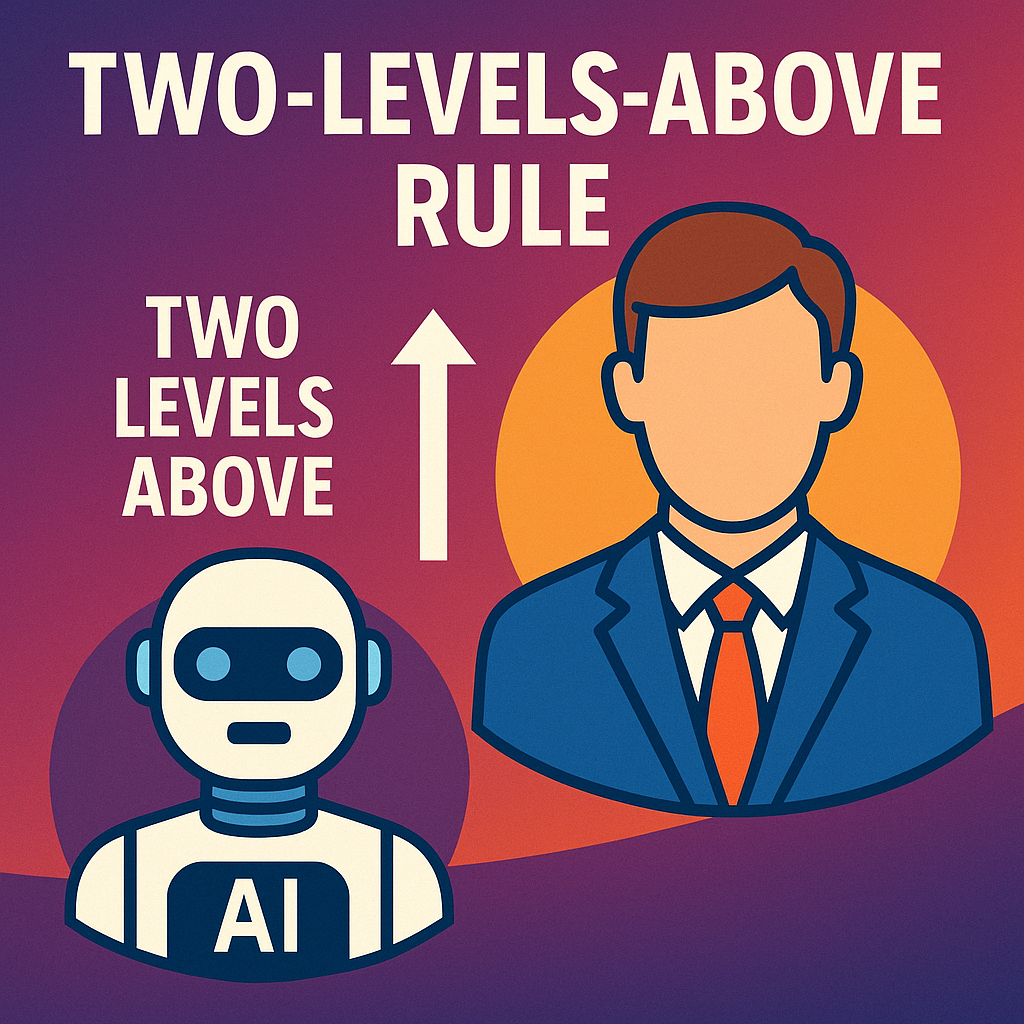
The Human Dignity Guide | Protective Humanity: Staying Human in a World of Many Intelligences
Share
Protective Humanity: Living Responsibly with Emerging and Extended Intelligences
Explore how humanity can coexist with artificial intelligence, ethically and responsibly. For the purpose of this , biological intelligence includes enhanced or hybrid human cognition (such as neural interfaces and bio-augmentation), as well as synthetic or engineered life forms. These raise key questions of awareness, rights, and responsibility within shared systems of intelligence.
Humanity stands at the edge of coexistence with multiple intelligences: artificial, biological, and possibly beyond. “Protective Humanity” considers how we can remain fully human within them.
Understanding “Protective Humanity”
At CKC Cares, we use the term Protective Humanity to describe a conscious way of living with technology and intelligence in all its forms. This includes taking responsibility for how we engage, staying aware of what makes us human, and carrying that awareness into every interaction and decision. To live protectively means leading with empathy, integrity, and care. Ultimately, this means keeping our humanity, sovereignty and dignity, even as the systems around us become more intelligent.
__________________________________________________________________________________________________________
Living with Many Forms of Intelligence

Intelligence wears many faces. From artificial systems and emerging biotechnologies to the possibility of non-terrestrial life, each challenges how we understand awareness, agency, and value.
All intelligence should be approached with respect and care when the goal is the same: technology and knowledge should strengthen human life.
Responsible technology begins with dignity. The real challenge is keeping that principle alive in everyday choices, through learning, collaboration, and leadership that put people first.
Cognitive Sovereignty: The Right to Stay Human
The Two-Levels-Above Rule protects not only professional skill but also cognitive sovereignty, our ability to think and feel independently when engaging with advanced systems.
As technology becomes more persuasive and predictive, we risk giving up too much judgment, not from fear but from convenience. Cognitive sovereignty reminds us to stay awake: to question, to stay curious, and to trust our intuition.
This is how we protect our inner balance, the foundation of trust, creativity, and shared understanding among other forms of intelligence.
The Two-Levels-Above Rule: A Human Safeguard

Anyone using AI should understand their subject at least two levels above what they delegate. A student using AI should still understand their topic. A doctor should be able to challenge medical outputs. A business leader will need to be able to tell sense from surface logic.
Research from MIT’s Media Lab shows that when we hand over too much thinking to AI, our brains stop engaging at the same depth, a phenomenon called cognitive debt. The Two-Levels-Above Rule prevents that drift and keeps our ability to think, question, and adapt alive. When neural engagement decreases, people gradually lose the ability to judge and adapt effectively (Kos’myna, 2025; Chow, 2025).
The Rule is a safeguard against human decline and a reminder that intelligence goes beyond our ability to have the right answers. Intelligence should also nurture our ability to evaluate, challenge, and grow. The “levels” refer to the depth of understanding and critical judgment, not to volume or quantity of outputs. A designer using generative AI, for example, doesn’t need to master every generated option, but must still grasp the creative, ethical, and functional principles that guide meaningful design. The Rule is about intellectual sovereignty, not scale.
Professional Accountability and Human Trust
Every professional’s reputation rests on trust. Passing off unchecked AI outputs as your own undermines that trust. More than a question of competence, it is a question of integrity. Authenticity, the ability to stand behind your work, cannot be delegated to a machine.
AI is a tool. It can extend human capacity, but it cannot replace responsibility. As professionals, we are accountable for the outcomes we deliver and the processes we use. This demands courage: to challenge AI outputs, to admit limits, and to insist on human oversight where it matters.
Organisational Responsibility: Suggestions Beyond Compliance
Organisations carry a higher duty. A policy really matters when people can feel it in practice. That means building cultures where responsibility is rewarded, through real incentives, honest oversight, and leaders who model what they ask of others. AI training will help staff recognise unsafe AI use, from bias to manipulation. But, oversight can’t just live on paper. Review boards can be spaces for real conversation, not limited to formalities. And, procurement decisions? Ideally, leaders will weigh cost and capability, alongside ethics, cultural fit, and long-term trust.
Good governance begins with clarity. Tools like the OECD’s AI System Classification Framework (2023) help us name what we’re experiencing, but they still need to align locally to make sense within real cultural differences and everyday decisions.
Without C‑suite and board‑level commitment, responsibility remains fragile, because sustainable AI governance requires leadership at the top. Leaders that consider beyond compliance to ensure responsibility are a benchmark of organisational maturity. Mature organisations that recognise ethical use is highly effective when encouraged and supported, not enforced. Responsibility grows where people are rewarded for curiosity, caution, and courage. Incentives can be grounded in practice and accountability, recognising staff who challenge AI outputs, embed transparency, or propose ethical improvements. Metrics like employee cognitive engagement, ethical innovation rates, and cross-team trust scores can be practical indicators of a responsible culture.
Human Dignity as the Benchmark
Too often, we talk about AI as if progress is measured in speed or efficiency. But the real measure of progress and success isn’t truly how fast technology moves; it’s how well humanity can keep its capacity to think freely, choose wisely, and belong fully.
Floridi (2019) reminds us that information systems design our concepts and shape how we see the world. To use AI responsibly is to design futures in which humans benefit. Mittelstadt (2019) adds that both principles and responsibility must be grounded in practice, accountability, and lived culture.
Responsible AI keeps intelligence grounded in creativity, meaning, and shared humanity. Yet, responsibility is more than a professional standard. It is a shared human rhythm.
Humanity in Harmony: Shared Systems of Intelligence

This conversation is about coexistence. Humanity’s ability to stay conscious, compassionate, and accountable in a world shared with access to many forms of intelligence.
Responsible coexistence means remembering that being human is enough. It means that our creativity, empathy, and integrity will continue to guide how intelligence evolves. This is what CKC Cares calls alignment through dignity, because we advocate for a world where humanity participates in intelligence without losing its true essence.
Conclusion: Tailoring Responsibility to Context
There’s no single formula for responsible leadership in practice. Every community and organisation faces different pressures and possibilities. The Two-Levels-Above Rule offers direction, but it must be lived locally and adapted to context.
CKC Cares works with leaders, professionals, and communities to turn principles into practice, helping to shape digital cultures that are both innovative and humane. Through workshops, leadership development, ongoing advisory and coaching via our Clarity Line product, we help empower teams to turn high-level principles into lived practice and sustainable culture change.
Interested in taking the next step? Contact us to learn how principles can be customised to you and your team's needs.
_____________________________________________________________________________________________
Glossary of Core Concepts
Protective Humanity — A CKC Cares concept describing humanity’s active role in safeguarding dignity, empathy, and self-awareness as we coexist with artificial, biological, and extended intelligences. It reflects a mindful approach to technology that values human integrity and shared responsibility over speed or convenience.
Cognitive Sovereignty — The human right to retain mental independence, emotional balance, and intuitive judgement when engaging with advanced technologies or other intelligent systems.
Ethical Maturity Metrics — Organisational measures that go beyond compliance to evaluate how well integrity, trust, and cognitive engagement are intentionally embedded in daily AI practices.
The Two-Levels-Above Rule — A simple safeguard ensuring that anyone using AI retains enough subject knowledge and critical skill to assess, question, and refine its outputs.
Responsible Coexistence — The practice of living and working with emerging intelligences through respect, accountability, and dignity, ensuring technology strengthens rather than replaces human capability.
Key Takeaways
● Human dignity is the cornerstone of responsible AI — technology should safeguard
and enrich people’s capacity to think, choose, and belong, rather than solely increase
efficiency.
● The Two-Levels-Above Rule provides a safeguard for judgment and expertise: anyone using AI should already have sufficient subject knowledge to critically assess its outputs, preventing a decline in cognitive skill and building trust.
● Professional accountability means taking ownership of your decisions; AI is a tool and not a replacement for human integrity or reputation. Authenticity cannot be delegated to machines.
● Real responsibility goes beyond compliance. It lives in daily habits: in leadership commitment, honest training, active oversight, and even in how we choose the systems we buy. Yes, policy and governance are important, think policy in action!
● There is currently no universal template for responsible AI: frameworks that do exist, such as
The Two-Levels-Above Rule, should be adapted locally. Each community and organisation faces unique pressures, strengths, and responsibilities.
● CKC Cares helps communities and organisations put principles into practice: through our bespoke workshops, private AI and digital change tutorials for professionals, leadership development, and expert advisory, true digital culture change is achievable in every environment.
References
Chow, A. R. (2025). ChatGPT may be eroding critical thinking skills, according to a new MIT study. TIME. https://time.com/7295195/ai-chatgpt-google-learning-school/
Floridi, L. (2019). The Logic of Information: A Theory of Philosophy as Conceptual Design.
Oxford University Press. https://global.oup.com/academic/product/the-logic-of-information-9780198833635
Kos’myna, N. (2025). Your Brain on ChatGPT: Accumulation of cognitive debt when using an AI assistant for essay writing task. MIT Media Lab. https://www.media.mit.edu/posts/your-brain-on-chatgpt-in-the-news/
Mittelstadt, B. (2019). Principles alone cannot guarantee ethical AI. Nature Machine Intelligence, 1(11), 501–507. https://doi.org/10.1038/s42256-019-0114-4 OECD. (2023).
OECD framework for the classification of AI systems.
https://www.oecd.org/en/publications/oecd-framework-for-the-classification-of-ai-systems_cb6d9eca-en.html
World Economic Forum. (2023). Empowering AI leadership: AI governance for boards and executives. https://www.weforum.org/publications/empowering-ai-leadership-ai-c-suite-toolkit/

